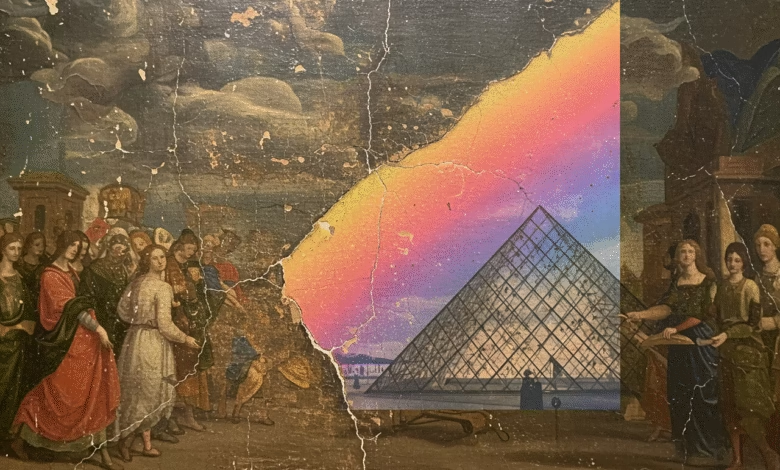High-Tech Innovations Revolutionizing Art Restoration

▼ Summary
– The Louvre houses thousands of artworks in storage due to space, conservation, or resource constraints, limiting public access to many pieces.
– A new MIT-developed technique uses digital scans, machine learning, and precision printing to restore damaged artworks with removable overlays, avoiding direct alteration of originals.
– The innovation raises ethical concerns about losing the human touch in restoration, potentially diminishing the connection to an artwork’s history and creation.
– The method was tested on a 15th-century painting, demonstrating efficiency (3.5 hours vs. weeks for manual work) and reversibility, though long-term effects on artworks remain under study.
– Art conservators are divided, with some praising the technique’s precision and reversibility, while others worry about oversimplifying connoisseurship and risking job displacement in the field.
The Louvre houses countless masterpieces, yet many artworks remain hidden due to space constraints and conservation challenges. A groundbreaking restoration method combining digital precision with traditional art preservation could change this reality. Developed by an MIT engineer, this technique uses advanced imaging and printing to restore damaged paintings without altering the original canvas, a leap forward in art conservation.
Julian Baumgartner, a renowned conservator, describes the innovation as “phenomenally cool,” noting its potential to streamline restoration work. However, he raises an important question: Does technology risk stripping away the human touch that connects us to art’s history? Traditional restoration relies on skilled hands and decades of expertise, qualities that define an artwork’s authenticity.
How It Works
A dual-layer approach ensures vibrancy and transparency, first a white undercoat, then a pigmented overlay. The mask adheres temporarily using conservation-grade varnish, leaving most of the original untouched. Jens Stenger, a chemical physicist, praises the method as a “next-level advancement in digital restoration.”
Putting Theory to Practice
Kachkine also simulated a century of UV exposure, confirming the mask’s durability. While promising, questions linger about long-term effects on different paint types and humidity interactions. Hartmut Kutzke, a conservation scientist, emphasizes the need for further testing across varied artworks.
Debate in the Art World
Some fear the technology could fuel art fraud or reduce demand for skilled restorers. Peggy Van Witt warns of potential job displacement, though Kachkine insists the technique is a tool, not a replacement, for conservators tackling complex challenges.
“This isn’t about replacing expertise,” Kachkine explains. “It’s about expanding possibilities.” As the debate continues, one thing is clear: innovation is reshaping how we preserve art’s legacy, balancing tradition with cutting-edge science.
(Source: Spectrum)